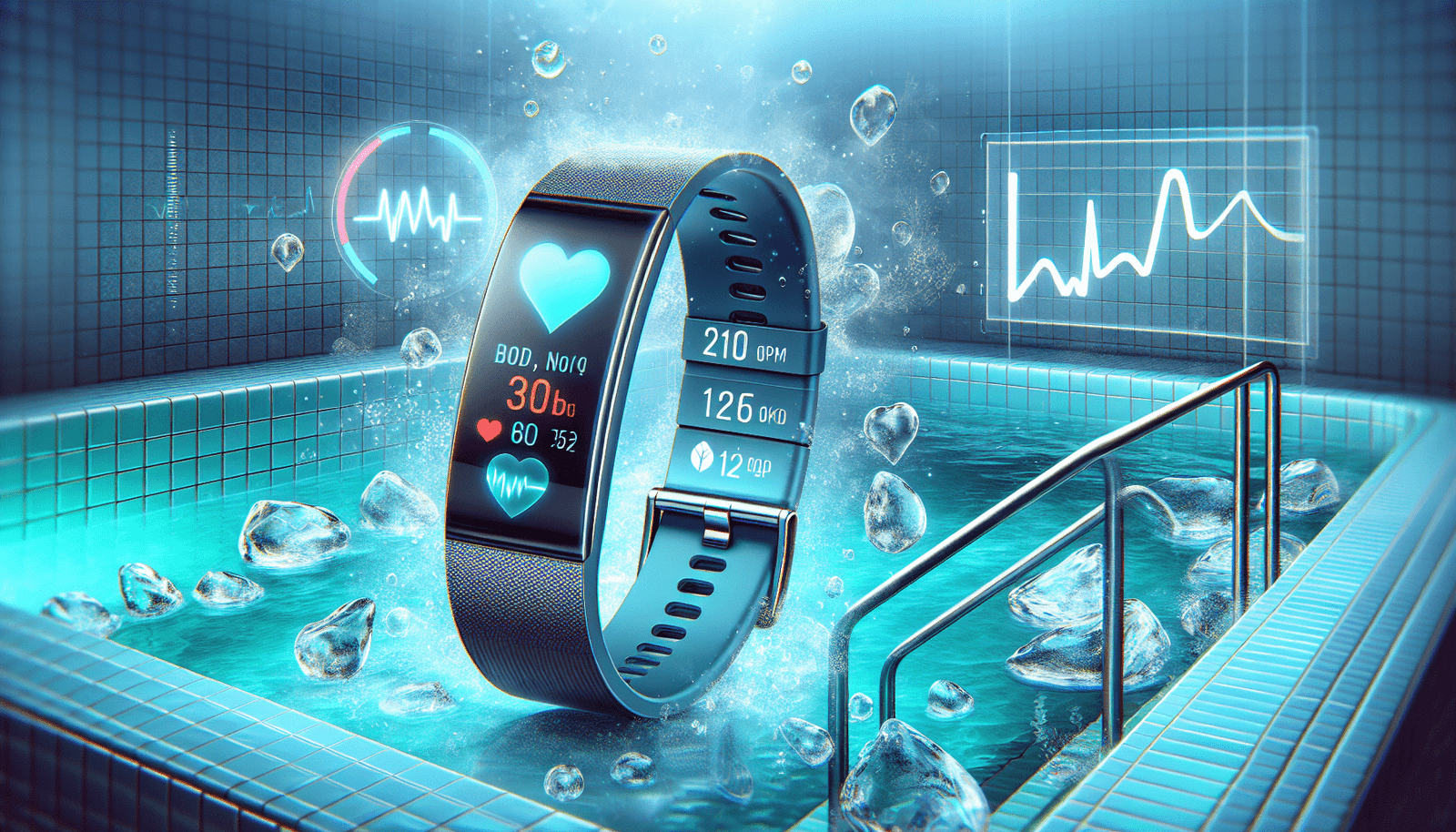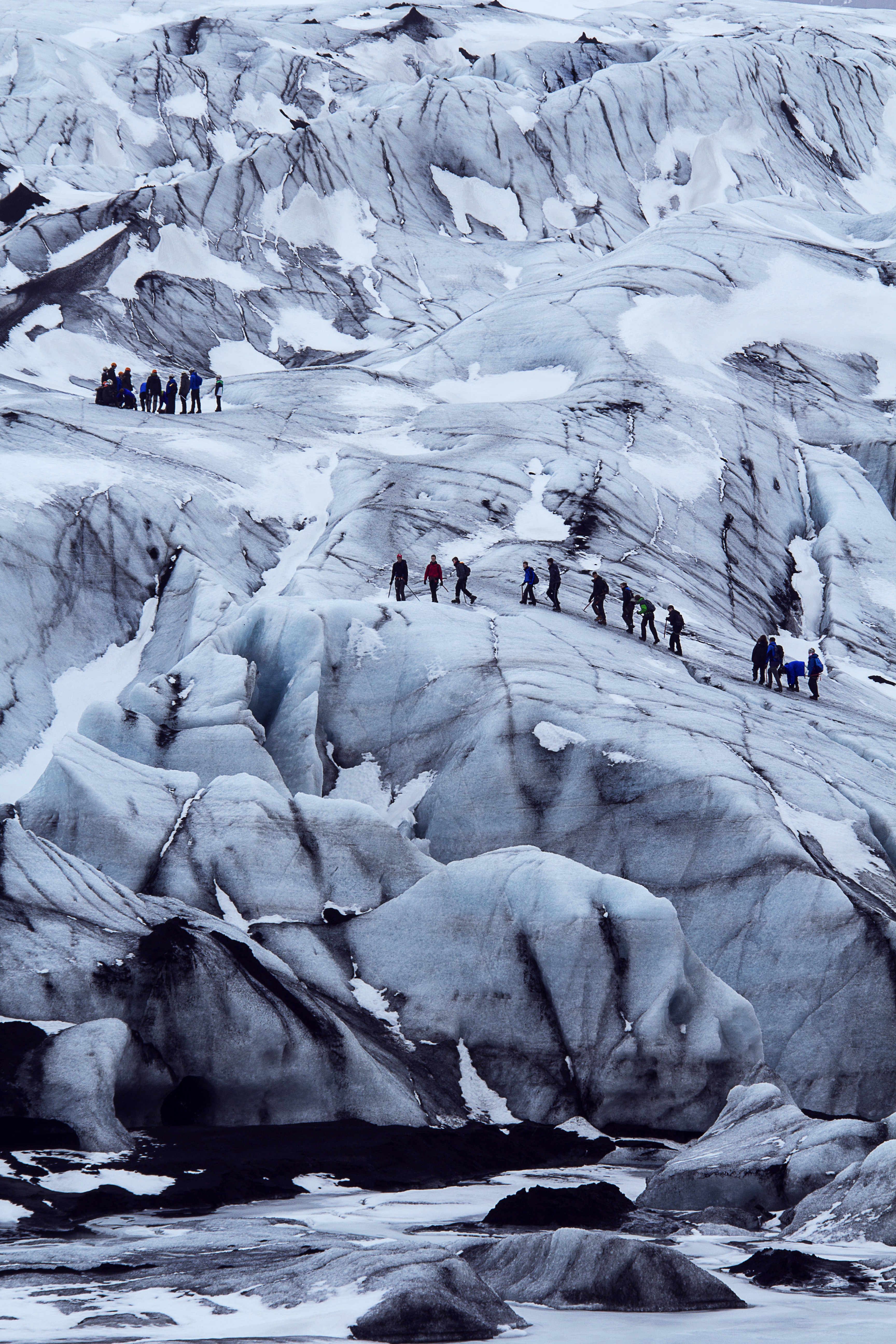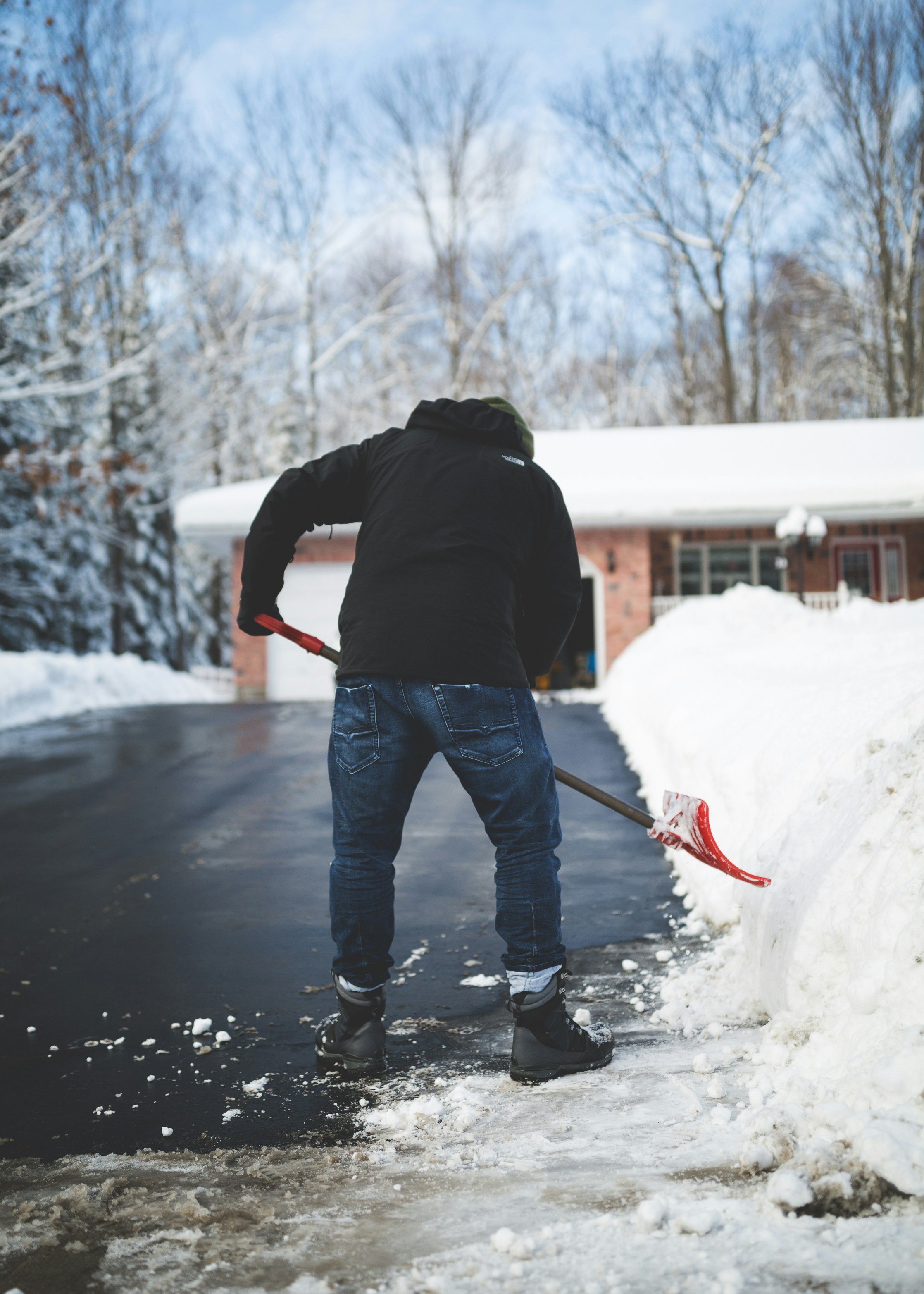Welcome to a comprehensive guide on tracking the results of cold plunges! In this article, you will learn the dos and don’ts of monitoring the effects of cold water therapy on your body. By following these tips, you will be able to accurately gauge the benefits of cold plunges and make informed decisions about incorporating them into your wellness routine. Stay tuned for valuable insights and practical advice on maximizing the benefits of cold water therapy.
Do’s & Don’ts: How To Track Your Results From Cold Plunges
Have you recently started incorporating cold plunges into your routine and want to track your progress effectively? Tracking the results of your cold plunge sessions can provide valuable insights into your physical and mental well-being. In this article, we will discuss the do’s and don’ts of tracking your results from cold plunges to help you optimize your experience and achieve your desired outcomes. So, grab your towel and let’s dive in!
The Importance of Tracking Your Results
Tracking the results of your cold plunge sessions is essential for several reasons. It allows you to monitor your progress over time, identify trends or patterns, and make informed decisions about your cold plunge routine. By keeping track of various metrics, such as duration, temperature, and post-plunge effects, you can gain a deeper understanding of how your body is responding to the cold exposure. This information can help you adjust your approach as needed to maximize the benefits of cold plunging.
Tracking your results also provides motivation and accountability. When you see improvements in your performance or changes in how you feel after a cold plunge, it can inspire you to stay consistent with your practice. Additionally, having data to refer back to can serve as a reminder of how far you’ve come and encourage you to continue pushing yourself to reach new goals.
Benefits of Cold Plunging
Before we delve into the do’s and don’ts of tracking your results from cold plunges, let’s quickly recap some of the key benefits of this practice. Cold plunging, also known as cold water immersion or cryotherapy, has been associated with numerous health benefits, including:
- Improved circulation and cardiovascular health
- Reduced inflammation and muscle soreness
- Enhanced recovery and performance
- Increased alertness and mental clarity
- Boosted immune function
- Stress relief and mood enhancement
By incorporating cold plunges into your routine and tracking your results effectively, you can experience these benefits firsthand and optimize your overall well-being.
The Do’s of Tracking Your Results
Now that we understand why tracking your results from cold plunges is important, let’s explore some effective strategies to help you do it successfully. By following these do’s, you can establish a clear and comprehensive tracking system that will enable you to monitor your progress and make informed decisions about your cold plunge practice.
Do #1: Establish a Tracking System
One of the most crucial do’s of tracking your results from cold plunges is to establish a consistent and reliable tracking system. This can be as simple as keeping a journal or notebook dedicated to recording relevant data, such as the date and time of each plunge, water temperature, duration of exposure, and any notable post-plunge effects. You may also consider using a digital tracking app or spreadsheet to organize and analyze your data more efficiently.
By creating a tracking system that works for you, you can ensure that all relevant information is documented accurately and in a format that is easy to access and review. This will allow you to track changes over time, identify patterns, and make adjustments to your cold plunge routine as needed.
Do #2: Monitor Key Metrics
When tracking your results from cold plunges, it’s essential to monitor key metrics that can provide valuable insights into your progress and performance. Some of the key metrics to consider tracking include:
- Water temperature: Record the temperature of the water before and after each plunge to track variations and ensure consistency.
- Duration of exposure: Note the length of time you spend in the cold water during each plunge to monitor changes in your tolerance and endurance.
- Post-plunge effects: Pay attention to how you feel after a cold plunge, including any immediate effects on your mood, energy levels, and recovery.
By monitoring these key metrics consistently, you can track your results more effectively and gain a better understanding of how your body is responding to the cold exposure.
Do #3: Listen to Your Body
In addition to tracking objective metrics, it’s important to listen to your body and pay attention to how you feel both during and after a cold plunge. Your body will provide valuable feedback on the effectiveness of your practice and can alert you to any signs of overexertion or discomfort.
If you notice any negative or concerning symptoms, such as prolonged shivering, numbness, or dizziness, it’s essential to stop immediately and seek medical attention if necessary. By tuning into your body’s signals and adjusting your cold plunge routine accordingly, you can ensure a safe and enjoyable experience while maximizing the benefits of cold water immersion.
The Don’ts of Tracking Your Results
While there are several effective strategies for tracking your results from cold plunges, it’s also important to be aware of common pitfalls to avoid. By steering clear of these don’ts, you can prevent errors or inaccuracies in your tracking system and ensure that you are monitoring your progress in a meaningful and reliable way.
Don’t #1: Rely Solely on Subjective Feedback
One common mistake to avoid when tracking your results from cold plunges is relying solely on subjective feedback or personal observations. While it’s important to listen to your body and pay attention to how you feel, subjective feedback alone may not provide a complete or accurate picture of your progress.
To complement your subjective feedback, make sure to track objective metrics, such as water temperature, duration of exposure, and post-plunge effects. By combining both subjective and objective data, you can gain a more comprehensive understanding of how your body is responding to the cold exposure and make more informed decisions about your cold plunge routine.
Don’t #2: Neglect Regular Tracking
Another don’t of tracking your results from cold plunges is neglecting to track your progress consistently and regularly. In order to get a clear and accurate picture of how your body is responding to the cold exposure, it’s essential to track your results over time and monitor changes or trends.
Set aside time each day or week to update your tracking system, review your data, and reflect on any notable observations or patterns. By maintaining a regular tracking routine, you can stay engaged with your practice, identify areas for improvement, and make informed adjustments to optimize your cold plunge experience.
Don’t #3: Disregard Professional Guidance
Lastly, it’s important not to disregard professional guidance or medical advice when tracking your results from cold plunges. If you have any underlying health conditions, injuries, or concerns that may impact your ability to safely participate in cold water immersion, it’s essential to consult with a healthcare provider or qualified professional before starting a cold plunge routine.
Seeking guidance from experts in the field can help ensure that you are practicing cold plunging safely and effectively, and that you are tracking your results in a way that supports your overall well-being. By prioritizing your health and safety, you can enjoy the benefits of cold water immersion while minimizing any potential risks or adverse effects.
Conclusion
Tracking your results from cold plunges is not only a valuable tool for monitoring your progress and performance but also a means of optimizing your overall well-being. By following the do’s and don’ts outlined in this article, you can establish a reliable tracking system, monitor key metrics, and listen to your body to achieve your desired outcomes and make the most of your cold plunge practice.
So, grab your thermometer, take the plunge, and start tracking your results today. Remember, consistency and dedication are key to success when it comes to cold water immersion. By staying committed to your practice and tracking your results effectively, you can unlock the full potential of cold plunging and experience the myriad benefits it has to offer. Happy plunging!





